The NVIDIA GeForce GTX 980 Ti Review
by Ryan Smith on May 31, 2015 6:00 PM ESTMeet The GeForce GTX 980 Ti
Like the rest of NVIDIA’s high-end cards in this generation, the reference GeForce GTX 980 Ti is launching with NVIDIA’s standard metal cooler. This design has served NVIDIA well since the launch of the GTX Titan in 2013 and continues to be the blower design to beat the high end, easily handling the 250W TDP of NVIDIA’s high-end cards without generating a ton of noise in the process.
As with so many other aspects of the GTX 980 Ti, the GTX 980 Ti’s cooler and build is a near-copy of the GTX Titan X. The only difference in the cooler is the paint job; GTX Titan X got a unique black paint job, while GTX 980 Ti gets the more standard bare aluminum finish with black lettering and a black-tinted polycarbonate window.
Otherwise there’s very little to be said about the GTX 980 Ti’s design that hasn’t been said before, so we’ll just recap what we said about the cooler design from our review of the GTX Titan X.
For GTX 980 Ti, NVIDIA has opted to leave well enough alone, having made virtually no changes to the shroud or cooling apparatus. And truth be told it’s hard to fault NVIDIA right now, as this design remains the gold (well, aluminum) standard for a blower. Looks aside, after years of blowers that rattled, or were too loud, or didn’t cool discrete components very well, NVIDIA is sitting on a very solid design that I’m not really sure how anyone would top (but I’d love to see them try).
In any case, our favorite metal shroud is back once again. Composed of a cast aluminum housing and held together using a combination of rivets and screws, it’s as physically solid a shroud as we’ve ever seen. The card measures 10.5” long overall, which at this point is NVIDIA’s standard size for high-end GTX cards.
Drilling down we have the card’s primary cooling apparatus, composed of a nickel-tipped wedge-shaped heatsink and ringed radial fan. The heatsink itself is attached to the GPU via a copper vapor chamber, something that has been exclusive to NVIDIA’s 250W cards and provides the best possible heat transfer between the GPU and heatsink. Meanwhile the rest of the card is covered with a black aluminum baseplate, providing basic heatsink functionality for the VRMs and other components while also protecting them.
Finally at the bottom of the stack we have the card itself, complete with the GM200 GPU, VRAM chips, and various discrete components. The GM200 PCB places the GPU and VRAM chips towards the front of the card, while the VRMs and other discrete components occupy the back. As with the GTX Titan X, GTX 980 Ti features NVIDIA’s reworked component placement to improve airflow to the discrete components and reduce temperatures, along with employing molded inductors.
NVIDIA once again employs a 6+2 phase VRM design, with 6 phases for the GPU and another 2 for the VRAM. This means that GTX 980 Ti has a bit of power delivery headroom – NVIDIA allows the power limit to be increased by 10% to 275W – but hardcore overclockers will find that there isn’t an extreme amount of additional headroom to play with. Based on our sample the actual shipping voltage at the max boost clock is a bit higher than GTX Titan X, coming in at 1.187v, so in non-TDP constrained scenarios there is some additional headroom through overvolting, up to 1.23v in the case of our sample.
In terms of overall design, unlike GTX Titan X and its 24 VRAM chips, for the GTX 980 Ti NVIDIA only needs to use 12 VRAM chips to get the card’s 6GB of VRAM, so all of the VRAM is located at the front of the card. Halving the RAM capacity simplifies the card a bit – there are now no critical components on the back – and it brings down the total VRAM power consumption slightly. However despite this, NVIDIA has not brought back the backplate from the GTX 980, having removed it on the GTX Titan X due to the VRAM chips it placed on the rear.
Moving on, in accordance with GTX 980 Ti’s 250W TDP and the reuse of the metal cooler, power delivery for the GTX 980 Ti is identical to its predecessors. This means a 6-pin and an 8-pin power connector at the top of the card, to provide up to 225W, with the final 75W coming from the PCIe slot.
Meanwhile display I/O follows the same configuration we’ve seen on the rest of the high-end GTX 900 series. This is 1x DL-DVI-I, 3x DisplayPort 1.2, and 1x HDMI 2.0, with a total limit of 4 displays. In the case of GTX 980 Ti the DVI port is somewhat antiquated at this point – the card is generally overpowered for the relatively low maximum resolutions of DL-DVI – but on the other hand the HDMI 2.0 port is actually going to be of some value here since it means GTX 980 Ti can drive a 4K TV. Meanwhile if you have money to spare and need to drive more than a single 4K display, GTX 980 Ti also features a pair of SLI connectors for even more power.
Finally, taking a look at the long term, I wanted to quickly hit upon the subject of the VRAM capacity difference between the GTX 980 Ti and the GTX Titan X. Essentially NVIDIA’s only remaining selling point for the GTX Titan X, the Titan will remain their only 12GB card for some time to come. For NVIDIA this means that they can pitch the GTX Titan X as a more future-proof card than the GTX 980 Ti, as it would be hard-pressed to run out of VRAM.
The question for the moment then is whether 12GB is worth a higher premium, let alone the GTX Titan X’s $350 premium. The original GTX Titan by comparison was fortunate enough to come out with 6GB right before the current-generation consoles launched, and with them their 8GB memory configurations. This lead to a rather sudden jump in VRAM requirements in games that the GTX Titan was well positioned to handle, whereas GTX 780 Ti and its 3GB of VRAM can struggle in the very latest games at 4K resolutions. Much like 6GB in 2013, 12GB is overkill in 2015, all the while 6GB is a more practical amount for a 384-bit card at this time.
But to answer the question at hand, unlike the original GTX Titan, I suspect 12GB will remain overkill for a much longer period of time, especially without a significant technology bump like the consoles to drive up VRAM requirements. And consequently I don’t expect GTX 980 Ti to have any real issues with VRAM capacity in games over the next couple of years, making it better off than the GTX 780 Ti, relatively speaking.


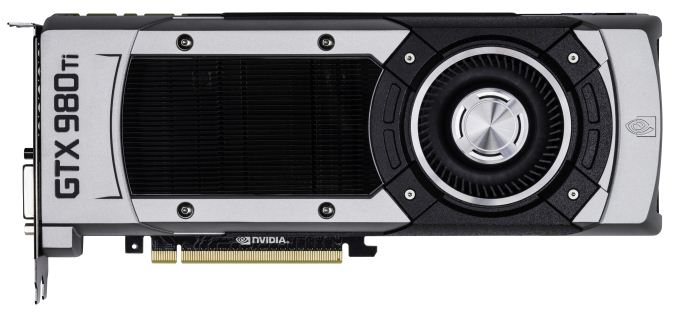
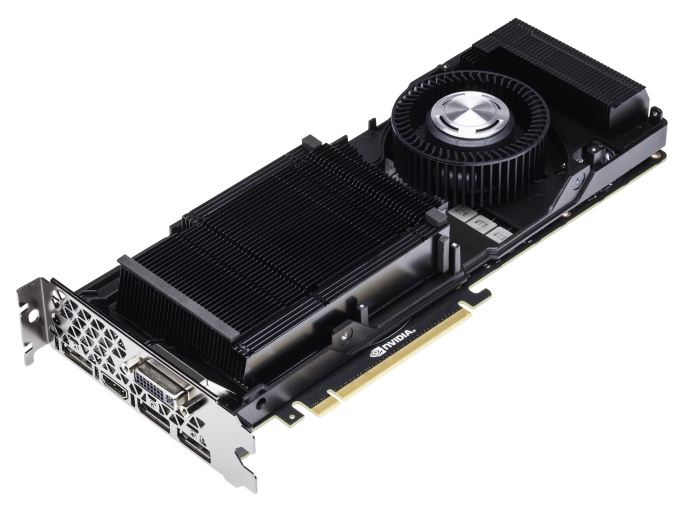
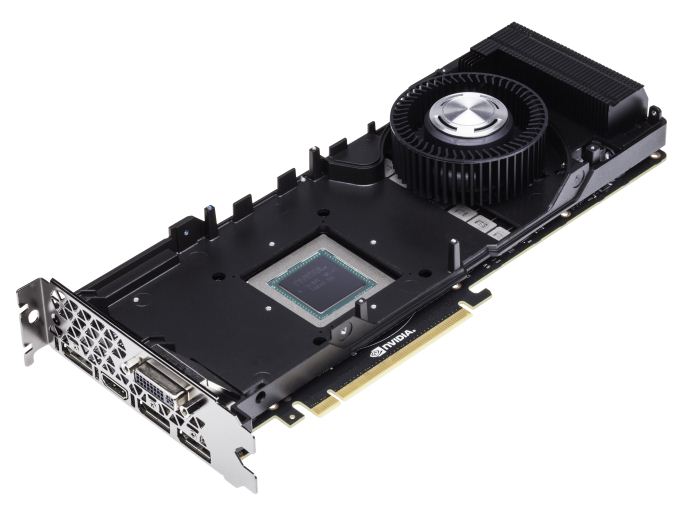
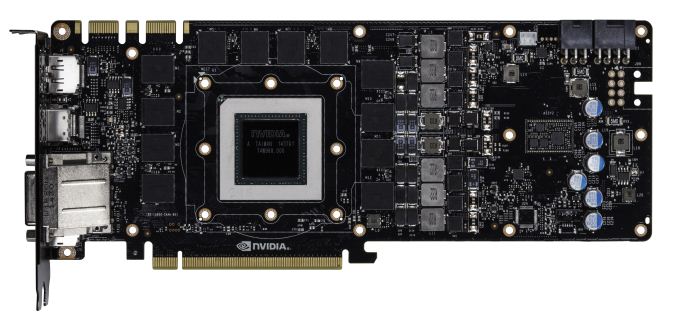

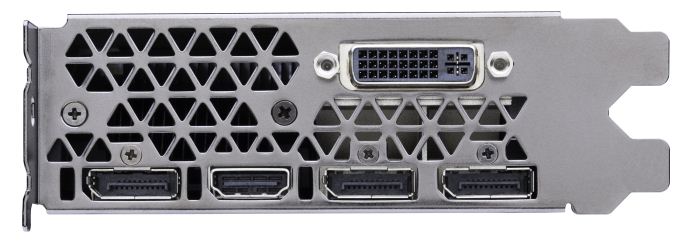








290 Comments
View All Comments
kyuu - Monday, June 1, 2015 - link
Witcher 3 runs just fine on my single 290. Is it just the xfire profile? Do you have the new driver and latest patches? Also, have you turned down tesselation or turned off hairworks?PEJUman - Monday, June 1, 2015 - link
4K... was hoping my U28D590D will have freesync, but alas... no such luck. I am very sensitive to stutter, it gives me motion sickness, to the point I have to stop playing :(limiting hairworks to 8x does help, but I really dislike the hair without it. I rather wait for 15.5.1 or 15.6. I have other games to keep me busy for a while.
I can get 45 avg if I drop to 21:9 ratio using 2840 x 1646, but even then I still get motion sickness from the occasional drops.
chizow - Monday, June 1, 2015 - link
Yes CrossFire support of TW3 is broken from Day1, its a well-known issue. AMD hastily released a driver last week with a CF profile, but its virtually unusable as it introduces a number of other issues with AA and flickering icons.PEJUman - Monday, June 1, 2015 - link
15.5 no longer flickers with or without AA. still slow though.chizow - Monday, June 1, 2015 - link
Are you sure? Did they release a follow-up to the 15.5 Beta? Because the notes and independent user feedback stated there was still flickering:*The Witcher 3: Wild Hunt - To enable the best performance and experience in Crossfire, users must disable Anti-Aliasing from the games video-post processing options. Some random flickering may occur when using Crossfire. If the issue is affecting the game experience, as a work around we suggest disabling Crossfire while we continue to work with CD Projekt Red to resolve this issue
Peichen - Monday, June 1, 2015 - link
295X2 is indeed faster but it also uses twice as much power. You have to take the 1000W PSU into account as well as one or two additional 120mm fans that's needed to get the heat out the case. When you add up all the extra cost for PSU, fans, electricity, noise and stutter against an overclocked 980Ti (last few pages of review), the slight speed advantage aren't going to be worth it.Also, Maxwell 2 supports DirectX 12, I am not so sure about any of the current AMD/ATI cards since they were designed in 2013.
xthetenth - Monday, June 1, 2015 - link
You don't have to buy a new PSU every time you buy a high TDP card, but otherwise a valid point. Going multi-GPU for the same performance requires a much bigger price difference to be worth it vs. a single card.Kutark - Monday, June 1, 2015 - link
Basically you're gonna spend an extra $5/mo on electricity with that card, or $60/yr vs a 980ti. thats actually pretty huge. Thats at 4hrs/day of gaming, at an average of 12c/kwh. If you game 6 or 7 hours a day, its even worse.These high power cards are a little ridiculous. 600w just for one video card?!!
Daroller - Monday, June 1, 2015 - link
I had a GTX690, and I run SLI TITAN X. Dual GPU IS a hindrance. You'd have to be blind, stupid, or a rabid fanboy to claim otherwise. The 295x2 isn't exempt from that just because you dislike NV and harbor a not so secret love for AMD.Daroller - Monday, June 1, 2015 - link
I had a GTX690, and I run SLI TITAN X. Dual GPU IS a hindrance. You'd have to be blind, stupid, or a rabid fanboy to claim otherwise. The 295x2 isn't exempt from that just because you dislike NV and harbor a not so secret love for AMD.